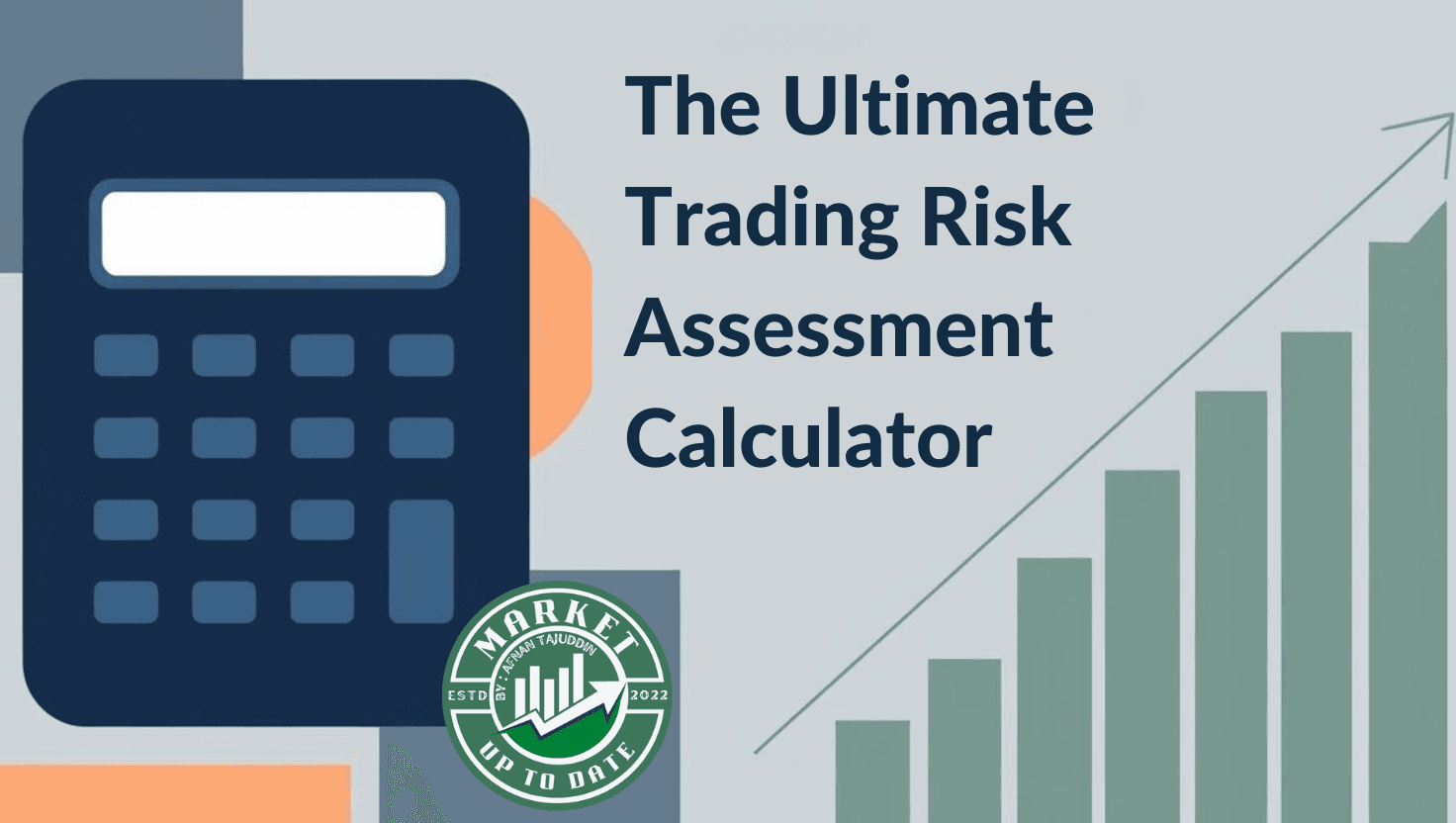Introduction to Demand and Supply Zones

In technical analysis, understanding demand and supply zones is crucial for crafting effective trading strategies. These zones represent areas on a price chart where supply and demand forces converge, creating significant opportunities for traders. By analyzing these zones, traders can make informed decisions about entry and exit points, enhancing their chances of success.
What Are Demand and Supply Zones?
Demand and supply zones are regions on a price chart where buyers and sellers have historically shown a strong interest. These zones are created when price movements consolidate before making significant moves. Demand zones are areas where buyers are more aggressive, leading to upward price movements. Conversely, supply zones are regions where sellers dominate, pushing prices downward.
The Rally-Base-Rally (RBR) and Drop-Base-Rally (DBR) Concepts
Understanding the Rally-Base-Rally (RBR) and Drop-Base-Rally (DBR) concepts is essential when analyzing demand and supply zones. The Rally-Base-Rally pattern occurs when the price makes a significant upward movement (rally), consolidates (base), and then rallies again. This pattern often indicates a strong demand zone. The Drop-Base-Rally (DBR) pattern, on the other hand, involves a significant downward movement (drop), followed by consolidation (base), and then a rally. This pattern is typically seen in supply zones.
The Rally-Base-Drop (RBD) and Drop-Base-Drop (DBD) Concepts
Understanding the Rally-Base-Drop (RBD) and Drop-Base-Drop (DBD) concepts is crucial when analyzing supply zones. The Rally-Base-Drop (RBD) pattern occurs when the price experiences a significant upward movement (rally), then consolidates (base), and subsequently drops. This pattern often indicates a strong supply zone where selling pressure is likely to increase. On the other hand, the Drop-Base-Drop (DBD) pattern involves a significant downward movement (drop), followed by consolidation (base), and then another drop. This pattern is commonly observed in supply zones where selling continues to dominate the market.
How to Identify Demand Zones
Identifying demand zones involves looking for areas where price consolidates after a strong rally. These zones often represent a significant level of buying interest. To pinpoint demand zones, follow these steps:
- Look for recent significant upward movements.
- Identify consolidation periods where price moves sideways.
- Mark the area where consolidation ends and the price starts to rise again.

How to Identify Supply Zones
Supply zones are identified similarly to demand zones but focus on downward price movements. To find supply zones, follow these steps:
- Observe recent significant downward movements.
- Look for consolidation periods where the price moves sideways.
- Mark the area where consolidation ends and the price begins to fall.
The Importance of Demand and Supply Zones in Trading
Demand and supply zones are vital in trading for several reasons. They help traders identify potential reversal points and areas of interest where significant market participants are active. By recognizing these zones, traders can better anticipate price movements and adjust their strategies accordingly. Additionally, these zones can serve as strong support or resistance levels, providing valuable insights for setting stop-loss and take-profit levels.
How to Use Demand and Supply Zones in Your Trading Strategy
Incorporating demand and supply zones into your trading strategy involves several key steps:
- Identify Key Zones: Use historical price data to identify significant demand and supply zones on your charts.
- Set Entry and Exit Points: Use demand zones to determine potential entry points and supply zones to set exit points. Consider setting stop-loss orders just outside these zones.
- Monitor Price Action: Watch for price action around these zones to validate your trade setup and make adjustments as needed.
Common Mistakes to Avoid
When using demand and supply zones, it’s important to avoid common mistakes that can undermine your trading strategy:
- Ignoring Market Conditions: Always consider broader market conditions and news events that might impact price movements.
- Over-relying on Historical Data: While historical data is useful, it’s essential to adapt your strategy based on current market conditions.
- Neglecting Risk Management: Always use proper risk management techniques, such as setting stop-loss orders, to protect your capital.
Plotting Automatic Demand and Supply Zones
🎯 Unveil the power of Demand Zones with ACE! Catch the wave by AfnanTAjuddin on TradingView.com
To streamline your analysis, consider using an indicator that automatically plots demand and supply zones on your TradingView charts. Our indicator simplifies the process, allowing you to focus on making informed trading decisions. Purchase the indicator from this link: Buy Demand and Supply Zone Indicator.
Conclusion
Understanding demand and supply zones is a powerful tool for any trader looking to enhance their trading strategy. By recognizing these zones and incorporating them into your trading plan, you can improve your decision-making process and increase your chances of success. Remember to combine this knowledge with other technical analysis tools and maintain a disciplined approach to trading.



